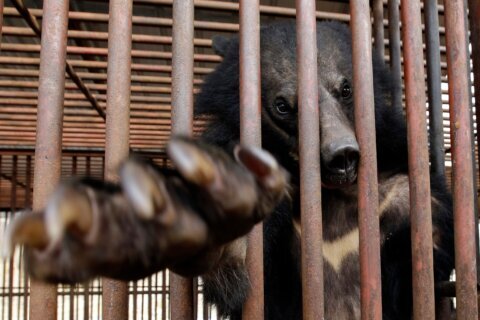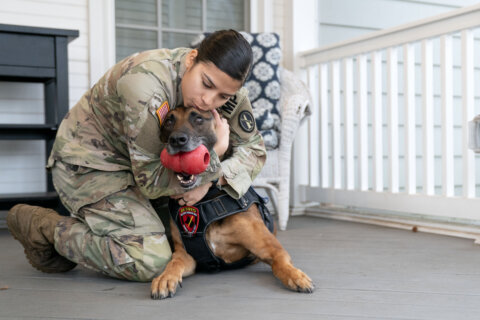This article was reprinted with permission from Virginia Mercury.
Last week, central Virginia’s district of the state health department reported a cat in Lynchburg tested positive for rabies, following at least four cases in the Lynchburg area and 272 positive rabies tests in animals statewide so far this year.
While the full year’s numbers haven’t been reported yet, 381 animals tested positive for rabies in Virginia last year.
Rabies is a fatal viral disease that can spread to people and pets through bites and scratches of animals that are infected. It causes brain swelling and other symptoms like delirium, seizures and hallucinations before leading to death, according to the Centers for Disease Control and Prevention. About 60,000 people are treated for rabies each year in the United States; fewer than 10 deaths are reported each year.
“Although rabies is almost 100% fatal once symptoms develop, timely treatment in the U.S. seems to be 100% effective,” said Jim Bowles, a health manager in the Central Virginia Health District.
The CDC notes that while preventable, rabies still poses a public health risk because of how deadly it is and its prevalence in many wildlife species. Nearly three in four Americans live in communities where there are racoons, skunks or foxes.
The state tests between 3,000 and 4,000 animals per year for rabies. Of the 272 total infected animals statewide this year, racoons, skunks, foxes and cats had the most positive tests. Fairfax County had the most positive tests, with 27 of its 38 coming from racoons. Loudoun County had 15 positive tests, 9 of which stemmed from raccoons. Both localities had higher tests in recent years as well.
Bowles said this is why local health departments follow up on reports of animal bites to humans and all reports where housepets may have been exposed to rabies. In cases where a person is bitten by a housepet, the owner is instructed to confine the animal for 10 days to be monitored, Bowles said. In instances where a person is bitten by a wild animal and it’s able to be confined, it will be tested for rabies. Should a wild animal not be able to be confined and tested or the animal does test positive, the bitten person may need to receive treatments to prevent the development of rabies.
Other animals tested statewide include dogs, beavers, bobcats, cows, foxes, goats, groundhogs, horses and opossums.
While the CDC outlines that the incubation period between the time of a bite and the appearance of symptoms can range from weeks or months (and depends on the person’s vaccination status, age and how close a bite is to their brain), once symptoms appear the disease is almost always fatal.
Bowles stressed two points for aiding in prevention of rabies cases: “Make sure that your pets are vaccinated and report to the local health department when people are bitten by animals.”







